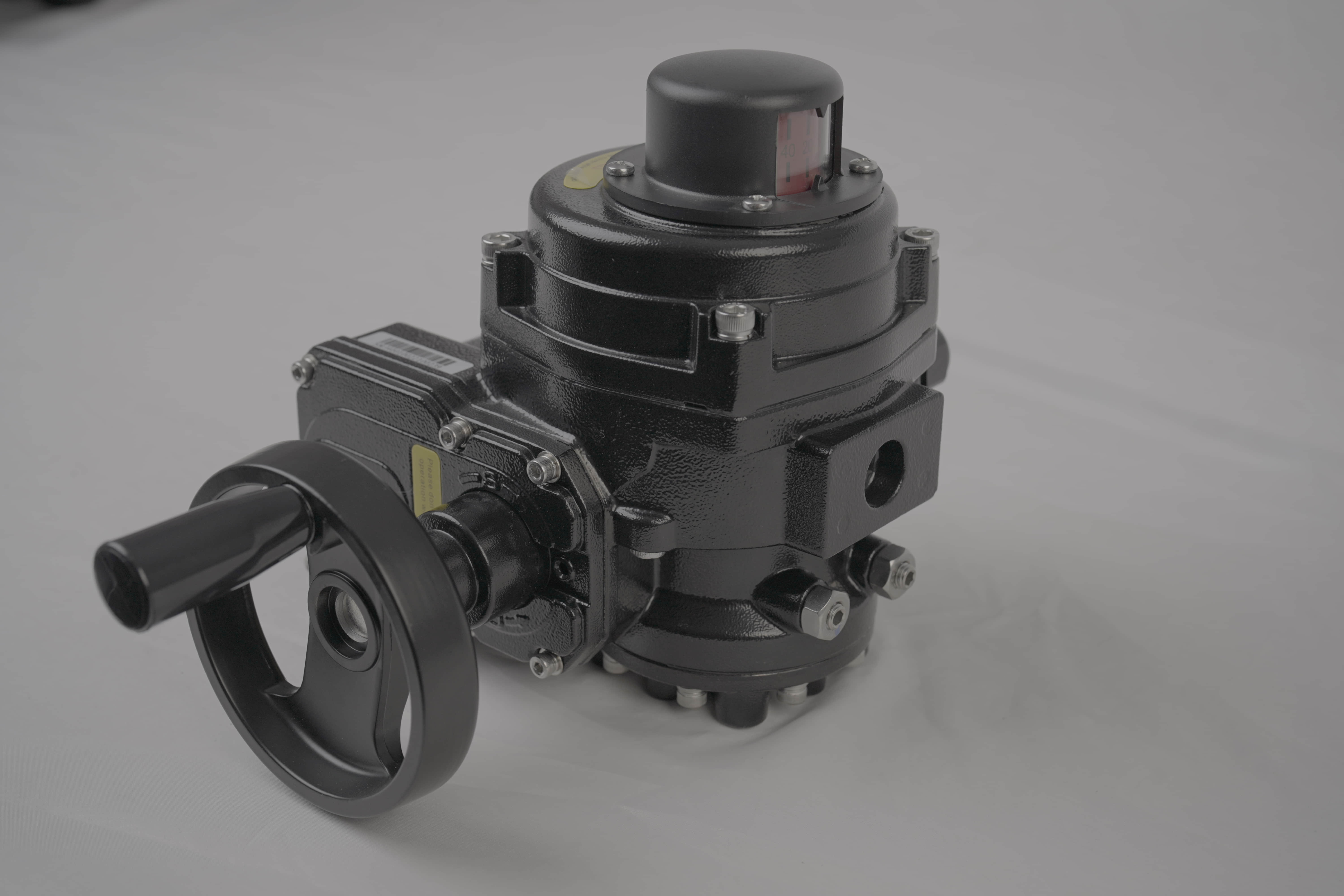
As the demand for sustainable energy solutions continues to grow, lithium batteries have emerged as a popular choice for various applications, including electric vehicles, renewable energy systems, and portable electronics. However, to ensure the safety and reliability of these batteries, specific components play a crucial role. One such component is the lithium battery valve. This article explores the function, types, and significance of lithium battery valves in energy storage systems.

What is a Lithium Battery Valve?

A lithium battery valve is a safety device designed to regulate the pressure within a lithium-ion battery. As these batteries charge and discharge, they undergo chemical reactions that can produce gases, leading to increased internal pressure. If this pressure exceeds safe limits, it can cause the battery to rupture or explode, posing risks to users and the environment. Therefore, lithium battery valves are essential for maintaining pressure equilibrium and preventing catastrophic failures.
Types of Lithium Battery Valves
